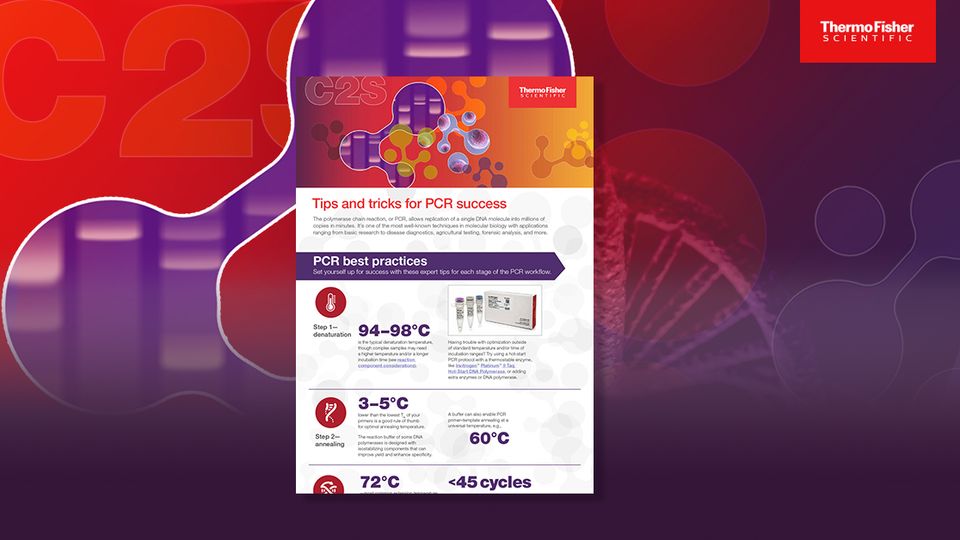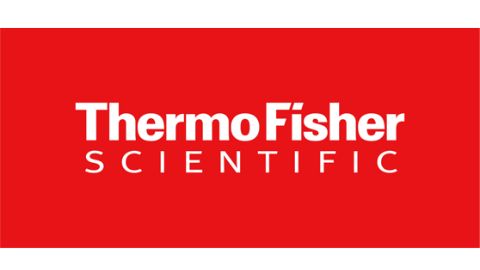PCR, or the polymerase chain reaction, is one of the most well-known molecular biology techniques, applied in diagnostics, agriculture, forensics and more. However, limitations such as its sensitivity to contamination, potential for amplifying non-specific DNA and difficulty in amplifying long DNA fragments can impede workflow efficiency.
This infographic explores how to set yourself up for success with expert tips for each stage of the PCR workflow.
Download this infographic to learn more about:
- PCR best practices
- Direct PCR vs multiplex PCR
- How to troubleshoot common problems
The polymerase chain reaction, or PCR, allows replication of a single DNA molecule into millions of copies in minutes. It’s one of the most well-known techniques in molecular biology with applications ranging from basic research to disease diagnostics, agricultural testing, forensic analysis, and more. Tips and tricks for PCR success PCR best practices Set yourself up for success with these expert tips for each stage of the PCR workflow. lower than the lowest Tm of your primers is a good rule of thumb for optimal annealing temperature. The reaction buffer of some DNA polymerases is designed with isostabilizing components that can improve yield and enhance specificity. is the typical denaturation temperature, though complex samples may need a higher temperature and/or a longer incubation time (see reaction component considerations). For Research Use Only. Not for use in diagnostic procedures. © 2022 Thermo Fisher Scientific Inc. All rights reserved. All trademarks are the property of Thermo Fisher Scientific and its subsidiaries unless otherwise specified. COL118569 0822 Learn more at thermofisher.com/pcreducation Additional PCR tools and resources Check out our comprehensive PCR troubleshooting guide for even more solutions. For additional quick guides with tips and tricks to popular protocols, subscribe to Connect to Science. Step 1— denaturation Step 2— annealing Step 3— extension 94–98°C 3–5°C 60°C <45 cycles —to avoid nonspecific bands and accumulation of byproducts 72°C 1 min/kb —most common extension temperature —recommended extension time Direct PCR amplifies target DNA directly from samples without nucleic acid isolation, vastly simplifying workflow and preventing DNA loss during purification. Multiplex PCR allows concurrent amplification of different targets in a single PCR tube to save time, reagents, and samples, and to make simultaneous comparison of multiple amplicons possible. Learn more about modern PCR methods and the unique benefits of each. Direct PCR vs. multiplex PCR Troubleshooting common problems • Reduce cycle count, annealing and/or extension time, amount of template DNA, or [Mg2+] • Use hot-start DNA polymerases to prevent degradation of primers by the 3ʹ to 5ʹ exonuclease activity of proofreading DNA polymerases Non specific bands? • Increase denaturing temperature or lower annealing temperature • Increase cycle count • Use purification kits to isolate template DNA No bands or faint bands? Try this Try this • Minimize shearing and nicking of DNA during isolation • Store DNA in TE buffer (pH 8.0) or molecular-grade water to prevent degradation by nucleases



